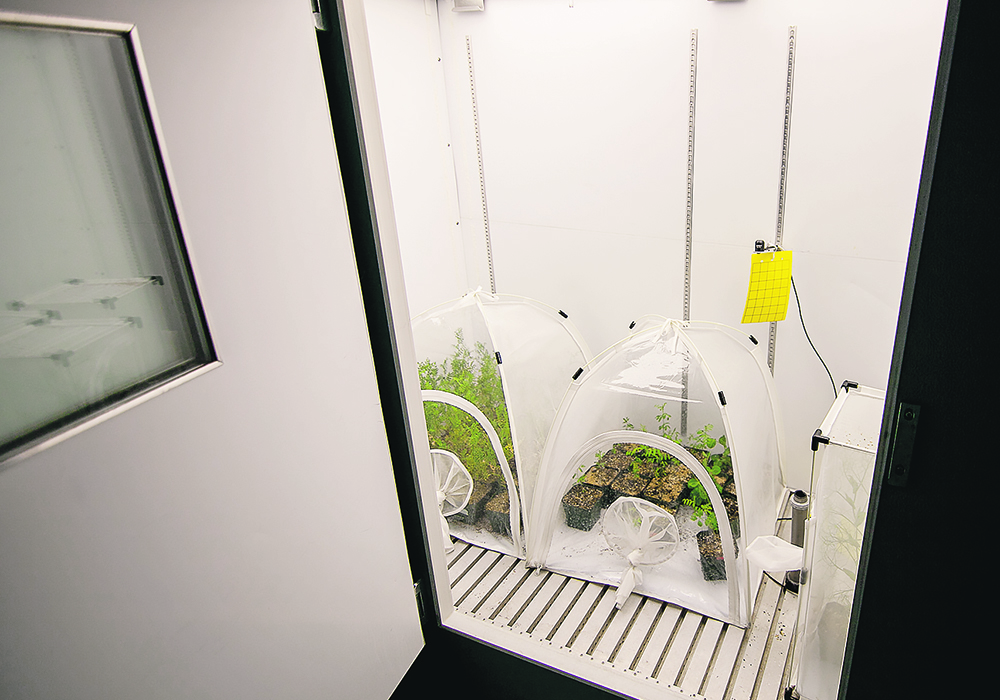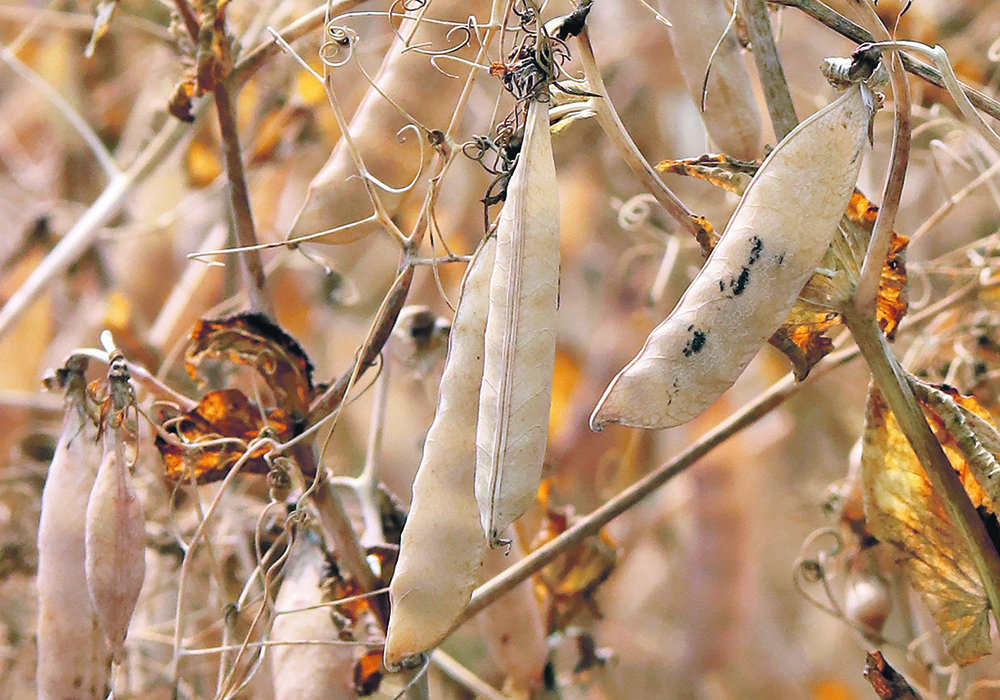By the time a new variety becomes available to farmers, it’s been through up to 10 years of trials and the registration system for three years
LANGHAM, Sask. — It’s become commonplace to buy things that aren’t complete right out of the box. There’s probably no better example of this than the software industry, where products are often released to customers and released again when the “bugs” have been removed. Todd Hyra can’t speak for the entire grain industry, but as […] Read moreSeed Science
Must Reads
-

Developing pulses particular to the Prairies
CALGARY – A scientist who seeks to breed lentils and fababeans that are a better fit for the Canadian Prairies…
-

Increasing flax yields faces genetic challenges
SASKATOON — When Bunyamin Tar’an introduced a new flax variety, CDC Esme, to an audience of farmers, the question from…
-

Variety use agreements prompt spirited debate
At the Jan. 9 annual meeting of Saskatchewan Pulse Growers, a resolution on variety use agreements, sometimes referred to as…
-

Pulse growers want trailing royalty decision re-opened
SASKATOON — A resolution that would have undermined Saskatchewan Pulse Growers’ new breeding agreement with Limagrain was narrowly defeated at…
-
Breeding malting barley varieties a tricky business
WINNIPEG — Farmers can be frustrated by how few new varieties of malting barley are available for them to use…
-
Forage seed sector faces challenges
Markets were an important issue for producers and experts at the Saskatchewan Forage Seed Development Commission’s annual general meeting in…
Seed growers prove new varieties

New wheat cluster funding to boost research
The federal government and a variety of commodity groups recently announced more than $20 million in funding
Glacier FarmMedia – Future Canadian wheat research will be supported by more than $20 million, following back-to-back commitments from the federal government and wheat farm groups. On March 6, Agriculture Canada announced $11.2 million for the Canadian National Wheat Cluster via the Sustainable Canadian Agricultural Partnership. Similar investments have been announced for the canola, pork […] Read more
Opposition to gene edited crops ‘getting weaker’
Researcher says public is likely to accept gene editing technology because of its beneficial applications for public health
WINNIPEG — The amount of money and human resources directed at gene edited crops is staggering, says Kevin Folta, a University of Florida plant scientist. China, India and other nations are dumping billions into the technology in efforts to improve agricultural productivity and sustainability. “Colleagues of mine who are over there (China), their labs are […] Read more
EU loosens rules for new genomic techniques
A recent decision by the European Parliament could open opportunities for crop development and international trade
SASKATOON — A European Parliament decision earlier this month to adopt new rules for what it calls new genomic techniques is good news for agriculture and international trade, say industry and academic experts. “Science has been under a very dark cloud for a long time in Europe, and so now I think we’re seeing those […] Read more
Developing pulses particular to the Prairies
Ana Vargas and her U of S team are working to develop disease resistance, tall red lentils and drought-resistant fababeans
CALGARY – A scientist who seeks to breed lentils and fababeans that are a better fit for the Canadian Prairies in an era of climate change sees a bright future for the region’s pulse farmers. The ability of such crops to fix their own nitrogen means they require less fertilizer and provide high levels of […] Read more
Increasing flax yields faces genetic challenges
Researchers who want to optimize flax for seed production must backtrack on 8,000 years of agricultural development
SASKATOON — When Bunyamin Tar’an introduced a new flax variety, CDC Esme, to an audience of farmers, the question from the floor was immediate: what about the straw? “Similar to (CDC) Glas,” he said. “Almost all the plants have similar structure. A lot of the challenge with flax is that the straw is really, really […] Read more
Variety use agreements prompt spirited debate

Pulse growers want trailing royalty decision re-opened
Debate becomes heated as farmers question funding agreement with Limagrain that includes variety use agreements
SASKATOON — A resolution that would have undermined Saskatchewan Pulse Growers’ new breeding agreement with Limagrain was narrowly defeated at the organization’s annual general meeting. It called for pulse varieties funded by SaskPulse levy payers to have no variety use agreements (VUAs). The resolution submitted by the National Farmers Union received a 47 percent yes […] Read more
Breeding malting barley varieties a tricky business
Giant North American brewers and maltsters want one thing, while micro-brewers and micro-maltsters often want something else
WINNIPEG — Farmers can be frustrated by how few new varieties of malting barley are available for them to use in the real world. Brewers and maltsters can be cautious about changing anything that goes into their production systems. New varieties spell risk and danger to them. These two sides define an industry that requires […] Read more
















